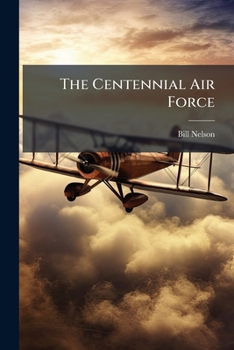The Centennial Air Force
This research is provocative, extreme in nature, and intended to ignite your imagination as well as to open the debate on what the character and role of the Air Force should be at its 100th birthday in the year 2047. The Centennial Air Force structure and culture during this time will be based both on the national power status of the United States relative to the rest of the world as well as the acquisition and procurement decisions made now and in the next 20 years. Historical precedence suggests that all great powers eventually decline relative to other world powers. The key to the future is to look at the proportion of decline the U.S. is in now (if it is) and what it could be over the next half century and then project the possible challenges that could face America's own security. The status of America in the world arena and the challenges to her security demand both a credible and visionary Air Force. Over the life of the Air Force there has been an ever-increasing timeline for the development and fielding of our weapon systems. Newer and more sophisticated weapons are being operated for longer periods because we cannot afford the replacement costs. The Air Force has also witnessed the birth of space and information warfare and is leading in its missionization. As we move forward, we need to make tradeoffs between air-breathing, space-based platforms and information /knowledge-based systems. The information revolution will bring to the forefront the role of information as a center of gravity for our operations as well as a target for our enemies. This emphasis on information and knowledge will necessitate a new national war-fighting structure, doctrine, and forces.
This work has been selected by scholars as being culturally important, and is part of the knowledge base of civilization as we know it. This work was reproduced from the original artifact, and remains as true to the original work as possible. Therefore, you will see the original copyright references, library stamps (as most of these works have been housed in our most important libraries around the world), and other notations in the work.
This work is in the public domain in the United States of America, and possibly other nations. Within the United States, you may freely copy and distribute this work, as no entity (individual or corporate) has a copyright on the body of the work.
As a reproduction of a historical artifact, this work may contain missing or blurred pages, poor pictures, errant marks, etc. Scholars believe, and we concur, that this work is important enough to be preserved, reproduced, and made generally available to the public. We appreciate your support of the preservation process, and thank you for being an important part of keeping this knowledge alive and relevant.





